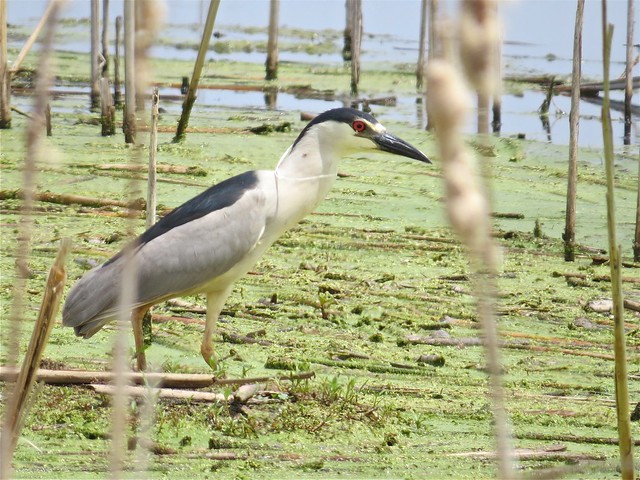
Yesterday, Joe Phipps met Daniel Freburg and me at Emiquon the Nature Conservancy in Fulton County. By the time Daniel and I arrived at the wetland by the visitor's center, Joe had already found a Least Bittern that was fishing out in the open.
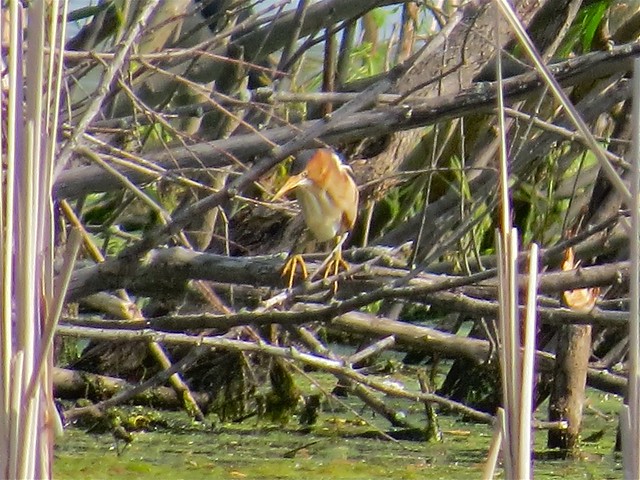
While we were watching the Least Bittern, I saw a Black-crowned Night-heron and an American Bittern fly up out of the wetland. The American Bittern landed further away from us where we could not see it. Joe Phipps located three other Black-crowned Night-herons in the wetland with his scope. One of them was a 1st year bird.
As we continued to walk around the wetland, we viewed this Eurasian Tree Sparrow and the Cliff Swallow colony.
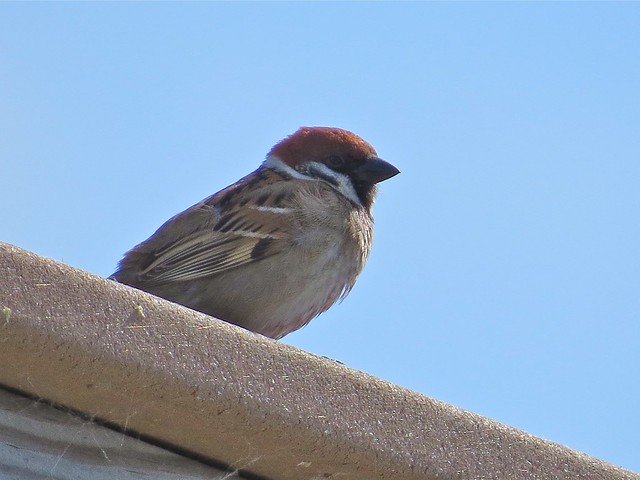
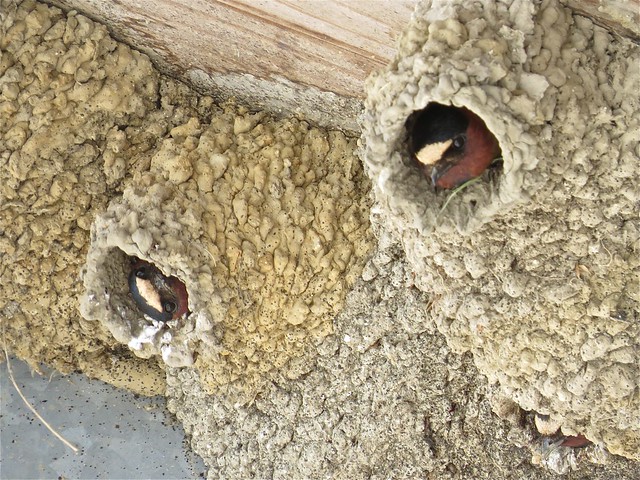
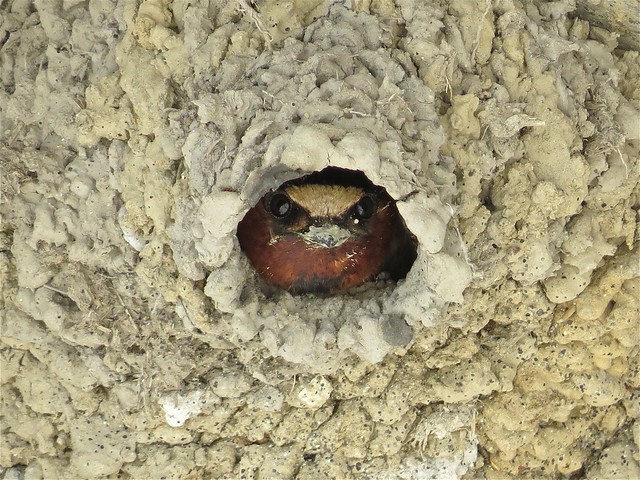
Then Daniel found a pair of Common Gallinules.
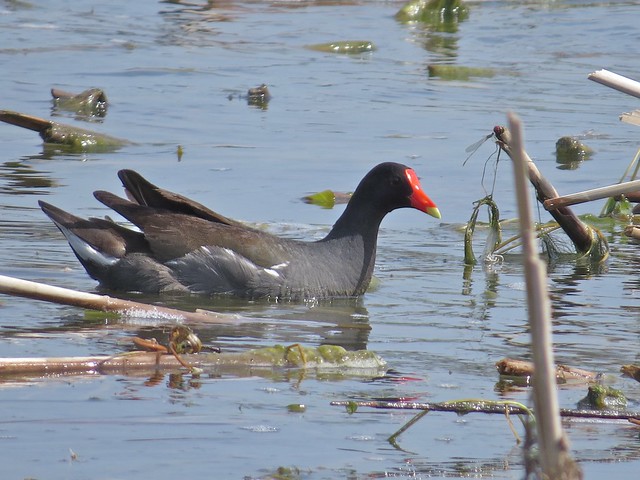
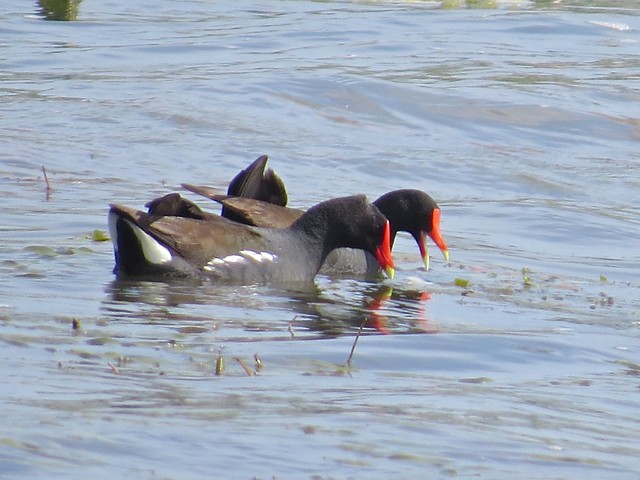
As we continued, we saw this pair of American Goldfinches and a group of five very docile Snow Geese.
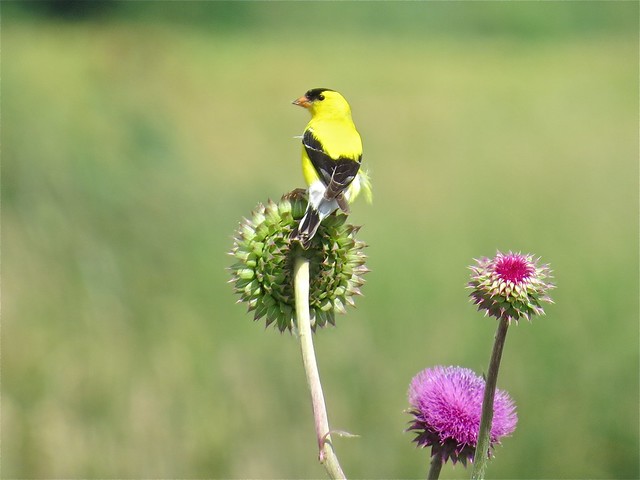
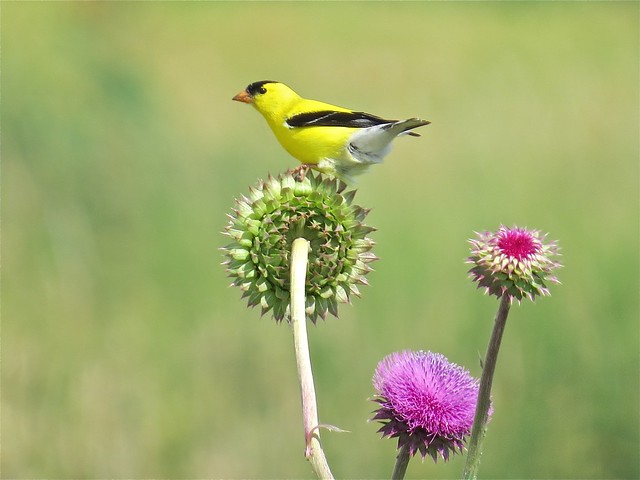
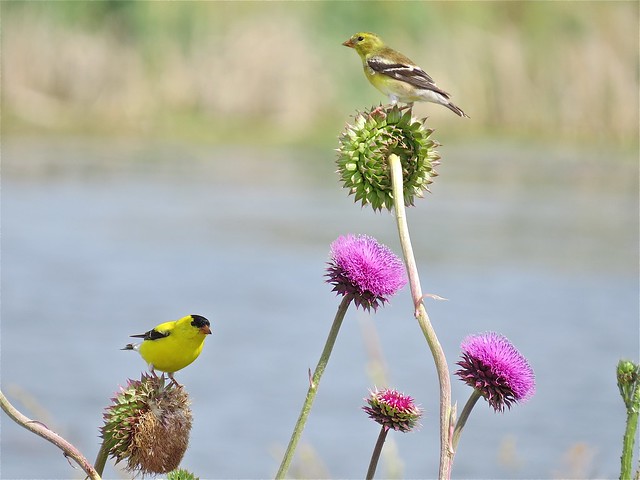
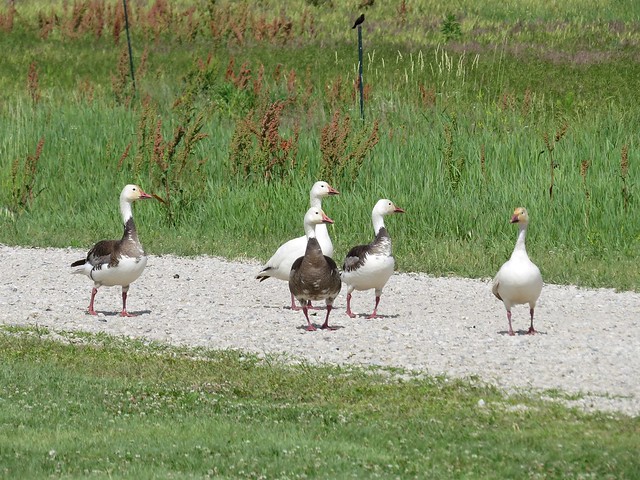
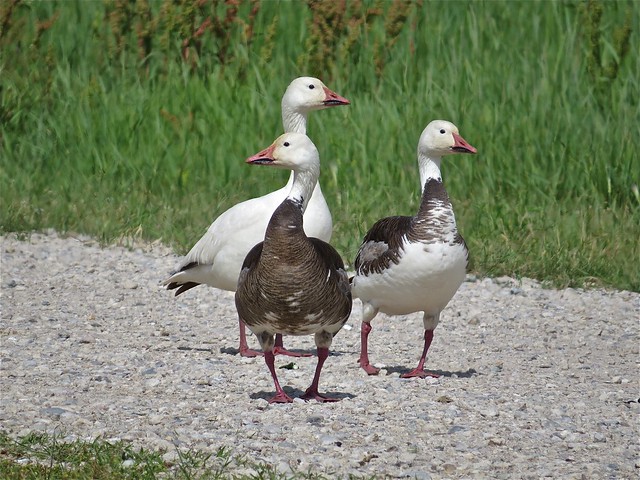
Daniel also found a pair of Black-necked Stilts. Here is one of them.
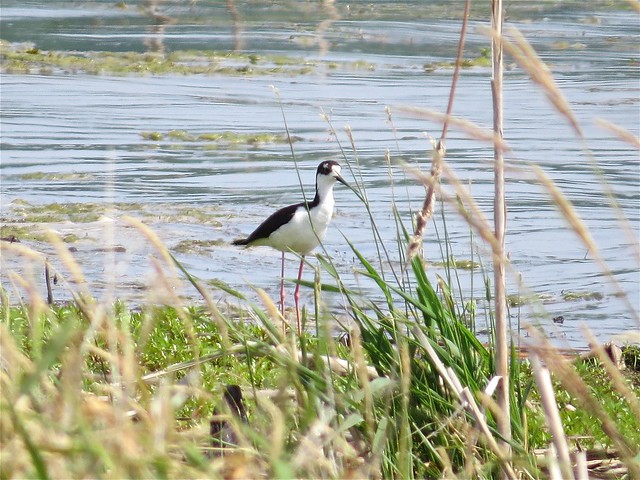
Joe found this Fox Snake basking in the sun on the rocks, and Daniel saw a Garter Snake nearby.
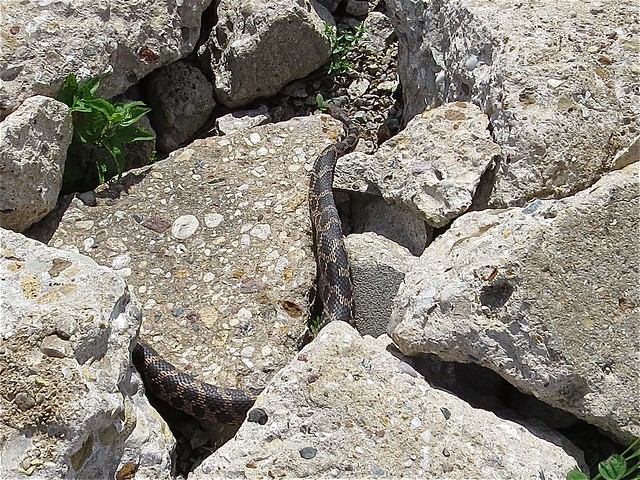
After speaking with Kevin Richmond and then Mike Ingram, who were driving around the wetland, we got another look at the American Bittern.
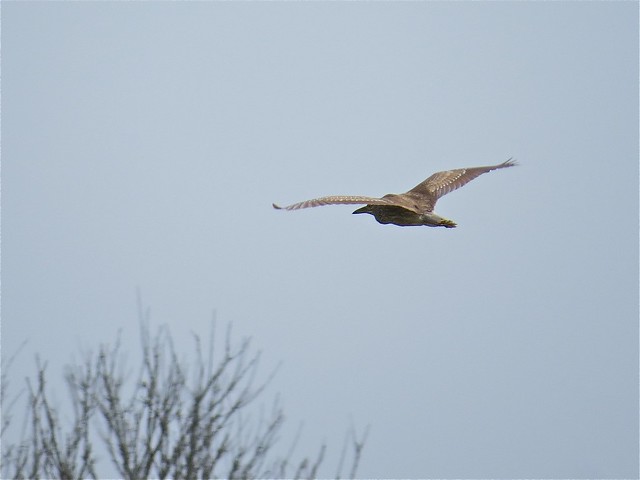
Based on a tip from Kevin, we drove up to Clark Rd to look for Bell's Vireo and Yellow-breasted Chat. As we drove along the wooded road, we heard a Rose-breasted Grosbeak singing. When we got out of the car to see it, we also saw this Baltimore Oriole that Daniel noticed.
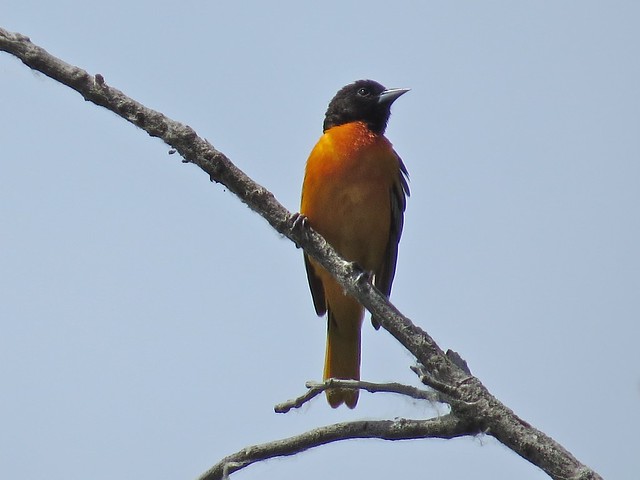
We got back in the car and drove a little further down the road until we heard the Bell's Vireo. We got out and briefly saw it before it disappeared into the brush. We continued a little further until we heard the Yellow-breasted Chat, but it never came up to give us a look. We drove further to an open field hoping to see or hear a Blue Grosbeak, but we did not find one. On our way back to the main road, Joe spotted a Yellow-billed Cuckoo, and we all got to see it. Other birds we heard or saw on Clark Rd included Eastern Towhee, Chipping Sparrow, Field Sparrow, Orchard Oriole, Indigo Bunting, Eastern Phoebe, Eastern Wood-pewee, Tufted Titmouse, and Warbling Vireo.
Next we drove down N Prairie Rd where we heard and saw several Dickcissels and Indigo Buntings and saw an Eastern Kingbird.
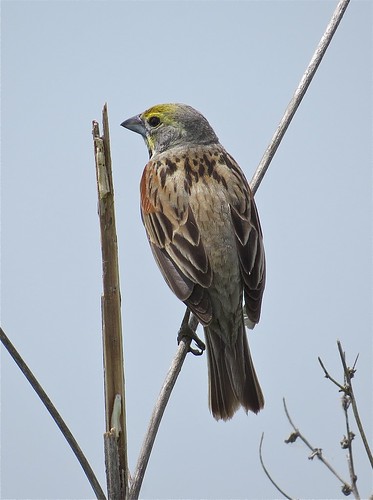
Joe also found a Blue Grosbeak in the field by the Nature Conservancy building, but we only got a brief look at it through the scope. Next we headed into Havana for lunch at Hardee's. From there we drove to the Ameren Substation to see this Western Kingbird.
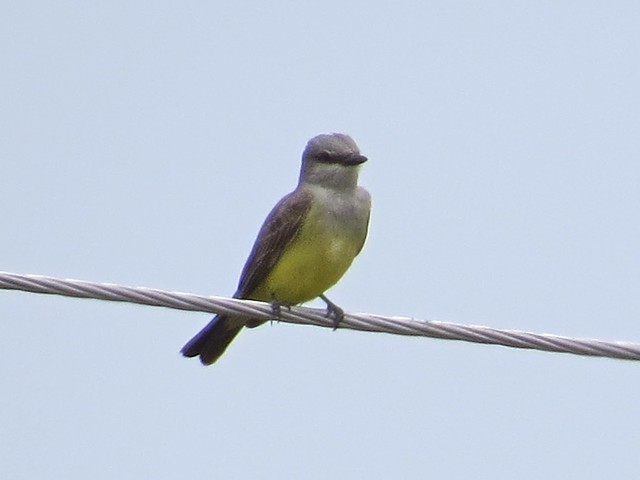
Then we drove to Bellrose Island to find a Prothonotary Warbler. There were several pairs of Red-headed Woodpeckers at Bellrose Island.
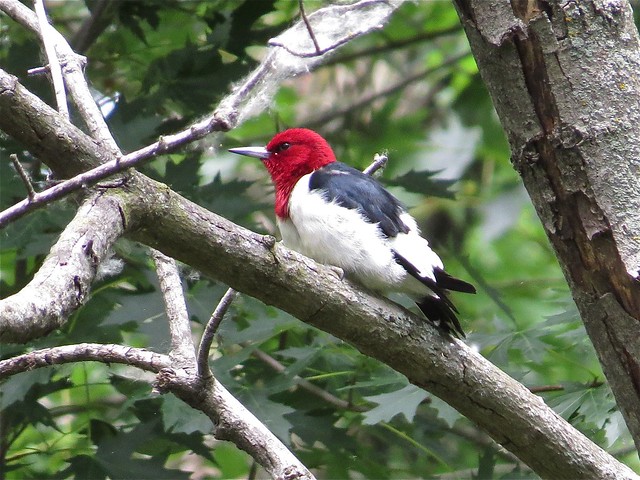
We also saw a Great Crested Flycatcher and heard two different Prothonotary Warblers singing, but we were able to see only one of them.
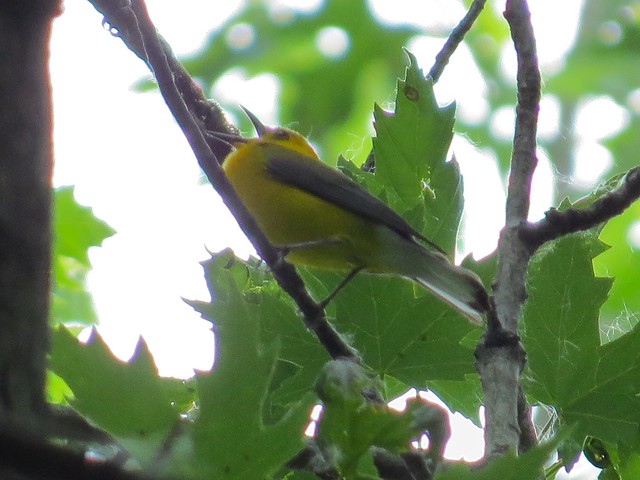
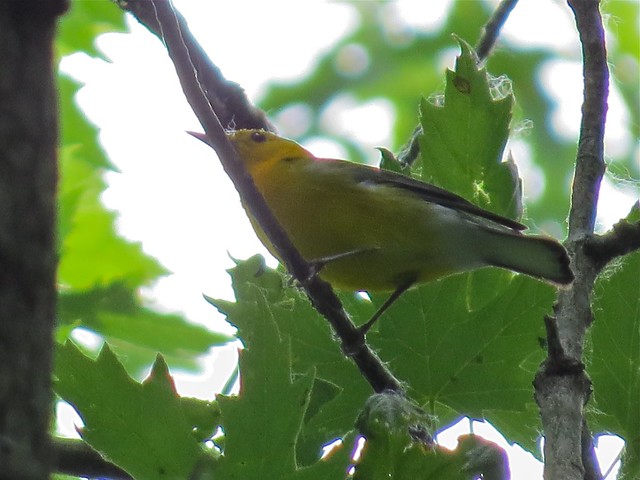
When we drove back to the Nature Conservancy so that Joe could get his car, we saw this Black-crowned Night-heron from my car.
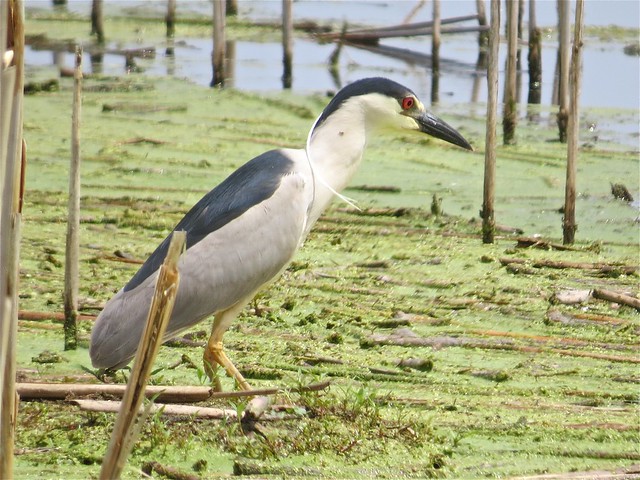
I was at Emiquon about a week ago and enjoyed seeing the black-crowned night herons and a least bittern. It really is a special place for birds and birders. Glad to hear the western kingbird is back at the power sub-station, too, as I expect to have some birders from Michigan visiting this summer and this would be a "lifer" for them...if only the kingbird will stick around till they arrive. Great photos!
ReplyDeleteThanks, Emily! I hope the kingbird sticks around too. Unfortunately, there is not as much wetland habitat at Emiquon this year. The North and South Globe Tracts are both completely dried up, but this is probably why so many birds were concentrated at the wetland by the Visitor's Center.
ReplyDelete